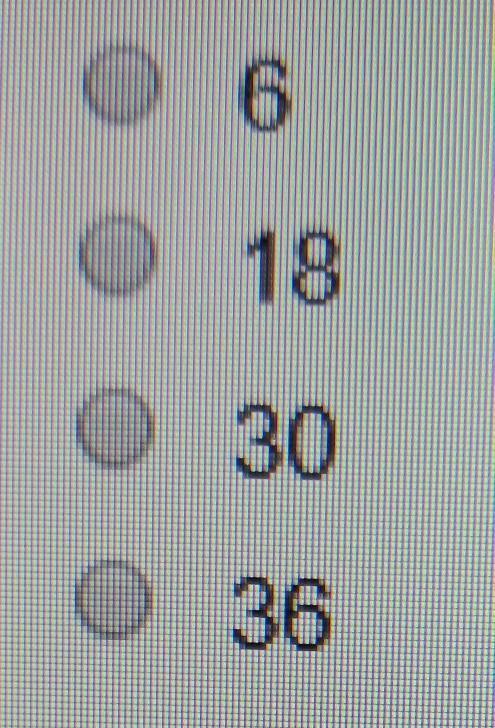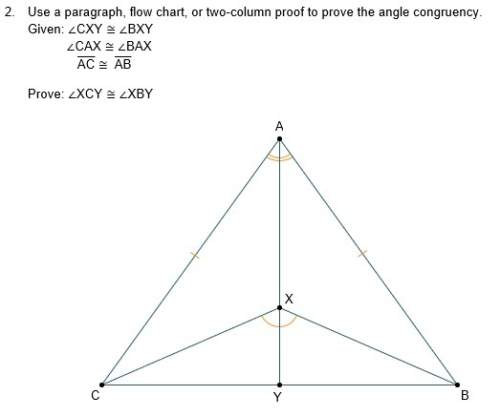
Mathematics, 29.08.2020 23:01 devante63
For this activity, you will need two coins. First, you will determine the theoretical probability of events. Then, you will flip the coins 100 times and determine the experimental probability of the events. Flip two coins 100 times, and record the results of each coin toss in a table like the one below: Result Frequency Two heads Two tails One head, one tail Answer the following questions based on the data you gathered. You must show your work to receive credit. What is the theoretical probability that a coin toss results in two heads showing? What is the experimental probability that a coin toss results in two heads showing? What is the theoretical probability that a coin toss results in two tails showing? What is the experimental probability that a coin toss results in two tails showing? What is the theoretical probability that a coin toss results in one head and one tail showing? What is the experimental probability that a coin toss results in one head and one tail showing? Compare the theoretical probabilities to your experimental probabilities. Why might there be a difference? This is my I simulated the 100 coin flips for both coins, and I got the following results: The theoretical probability that a coin toss results in two heads showing is 1/4. In fact, each coin shows heads with probability 1/2, and since the two coins are independent we multiply the probabilities. The experimental probability that a coin toss results in two heads showing is 22/100=11/50, because I got two heads 22 times out of 100 tries. The theoretical probability that a coin toss results in two tails showing is 1/4. In fact, each coin shows tails with probability 1/2, and since the two coins are independent we multiply the probabilities. The experimental probability that a coin toss results in two tails showing is 30/100=3/10, because I got two tails 30 times out of 100 tries. The theoretical probability that a coin toss results in one head and one tail showing is 2/4, because we count both heads-tails and tails-heads in this case, and each of them has probability 1/4 of occurring. The experimental probability that a coin toss results in one head and one tail showing is 48/100=12/25, because I got one heads and one tails 48 times out of 100. COMPARISONS: For two heads, we expected 1/4 = 0.25 and got 11/50 = 0.22 For two tails, we expected 1/4 = 0.25 and got 3/10 = 0.3 For one heads and one tails, we expected 1/2 = 0.5 and got 12/25 = 0.48. I was told... There is only 1 probability not 1/4 each. Make a chart of all

Answers: 2


Other questions on the subject: Mathematics


Mathematics, 21.06.2019 18:00, sbailey0962
Sarah used her calculator to find sin 125 degrees. she wrote down sin sin125 degrees.57. how could sarah recognize that her answer is incorrect?
Answers: 1

Mathematics, 21.06.2019 19:40, Candieboo4006
It appears that people who are mildly obese are less active than leaner people. one study looked at the average number of minutes per day that people spend standing or walking. among mildly obese people, the mean number of minutes of daily activity (standing or walking) is approximately normally distributed with mean 376 minutes and standard deviation 64 minutes. the mean number of minutes of daily activity for lean people is approximately normally distributed with mean 528 minutes and standard deviation 107 minutes. a researcher records the minutes of activity for an srs of 7 mildly obese people and an srs of 7 lean people. use z-scores rounded to two decimal places to answer the following: what is the probability (image for it appears that people who are mildly obese are less active than leaner people. one study looked at the averag0.0001) that the mean number of minutes of daily activity of the 6 mildly obese people exceeds 420 minutes? what is the probability (image for it appears that people who are mildly obese are less active than leaner people. one study looked at the averag0.0001) that the mean number of minutes of daily activity of the 6 lean people exceeds 420 minutes?
Answers: 1
You know the right answer?
For this activity, you will need two coins. First, you will determine the theoretical probability of...
Questions in other subjects:


Physics, 21.11.2019 19:31












